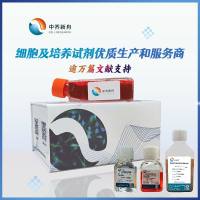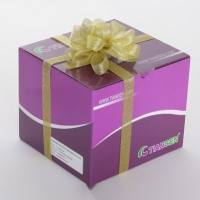Genotyping Chlamydia trachomatis by PCR
互联网
859
Strain identification of Chlamydia trachomatis has historically been accomplished using serotyping as a phenotypic marker to differentiate chlamydial isolates (1 ). The target for serotyping is the major outer membrane protein (MOMP) which is the most antigenically diverse and abundant surface protein of the organism. Polyclonal antibodies (PAbs) were initially used for typing and were able to identify serovars D through K and LI, L2, and L3 as primarily genital pathogens, and serovars A, B, Ba, and C as trachoma pathogens. However, these groupings are somewhat imprecise. As immunotyping methods evolved, MOMP-specific monoclonal antibodies (MAbs) were produced that were able to detect additional serovars of the organism (2 ,3 ). These include Da, la, and L2a (2 ). MAbs recognize serovar-, subspecies-, and species-specific epitopes (4 ,5 ) that reflect many of the amino acid variations found among the 18 known serovars of C. trachomatis , and are located within three of the four variable sequence regions of MOMP, termed variable segments (VS) 1,2, 3, and 4. Sequence analysis of the MOMP gene (omp1 ) supports these findings in that VS 1,2, and 4, in contrast to VS 3, contain the greatest degree of nucleotide sequence variation (6 ,7 ).









